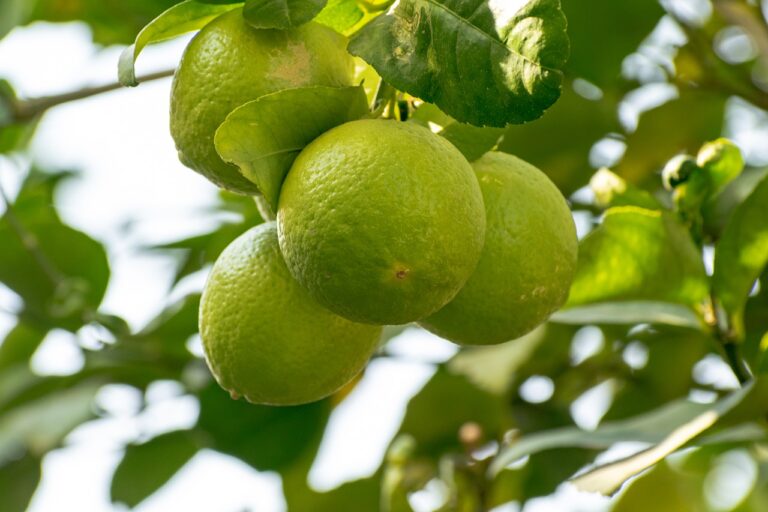The Katana is unique and extremely attractive when compared to other kinds of long swords. This is because there is a vital artistic element to each Katana. Each Katana is distinct and is made by swordsmiths that have over centuries perfected their craft. Making or creating Katana through the different kinds of steel and materials is as much of an art kind as the martial art form used by the Samurai in sword combat. The creative swordsmiths follow the ancient custom of constructing the Katana grips making use of elegant products and distinct design elements. The design and workmanship of Katana have actually progressed throughout Japanese history. For those that consider themselves to be enthusiastic and lovers of Katana, each period and the artisans responsible for making these cherished weapons have an unique signature.
The difference in between these broad categories of Katana are the kind of blade used. Each of these blades is utilized for various purposes. Shinogi-Zukuri is the most common shape, and it is understood for its dexterity, tidy, and effective ability to cut. Likewise, the other kinds of Katana have distinct kinds and style of the blades that often figure out Katana’s performance. Luckily, we all get to love and experience the charm and use of these tools without having to participate in life-threatening duels with other Samurai.
Swords utilized by Japanese samurai were renowned for the workmanship which produced strong yet versatile curved steel blades with a single, super-sharp cutting edge. Produced from the 8th century CE onwards and symbolic of the samurai’s elevated status in Japanese society, many swords were both fatal weapons and family heirlooms. Fortunately, great examples of Japanese middle ages swords make it through in museums around the world today, and several are even noted as official National Treasures of Japan.
The brave Samurai warriors were considered master tacticians and mastered the use of many different kinds of weapons. The most common weapon that the Samurai used were long swords. The Katana was the most typical type of long sword used by the Samurai. In the past, Katana was utilized by the Samurai in battle sport, battles, and ancient Japan’s bloody battlegrounds. In the contemporary age, war has actually altered, but even today, depictions of Samurai in popular culture show that the Katana was the weapon of choice of these elite warriors.
Prior to firearms controlled warfare, the blade ruled the battlefield. And, out of all the gleaming swords in history– from the saber to the broadsword– the katana of feudal Japan is without a doubt the most iconic. The slim, razor-sharp sword is easily recognizable thanks to the popularity of the samurai, fierce warriors wrapped in enormous iron armor all set to pass away honorably on the battleground. As the years went by, their katanas were made for swift, precise kills and became referred to as creative masterpieces of death.
Katana or Katanas are a type of sword that originates from the rich cultural tradition of Japan. This household of Japanese long swords was traditionally utilized by the Samurai. The Samurai were the prominent, virtuous, honorable, and extremely respected military elite warriors of historical Japanese society. Although the respected Samurai class was formally ended in the 19th century, this did not avoid the memory of the Samurai’s rich history, legendary battle stories, stunning culture, a martial art type, and weapons from reducing in popularity. Samurai culture is prominent and considered a quintessential part of Japanese tradition.
Japanese Samurai Katana is the product that has actually been traditionally used to produce Katana through a process of smelting, forging, forming, and polishing the blade. This is a detail-oriented and lengthy process that needs a high level of skill from the craftsmen. Katana that utilize the traditional Tamahagne steel are normally in high demand and gathered as antiques. Modern Katana are built using various kinds of steel alloys such as high carbon steel, spring steel, and clay tempered steel.
Respect for swords goes back a long way in Japanese culture. A sword is one of the 3 sacred Shinto relics that make up the Japanese imperial regalia. According to legend, Susanoo, the Shinto storm god, eliminated a huge serpent which was terrifying the province of Izumo. From the dead animal’s tummy, Susanoo found the special sword, ‘grass-cutter’ (in other versions of the story he extracts it from the serpent’s tail).
Subscribe to Updates
Get the latest creative news from FooBar about art, design and business.
5 Samurai Sword Facts Trick You Never Discover
Next Article 8 LED Lighting Technique You Never Identify
